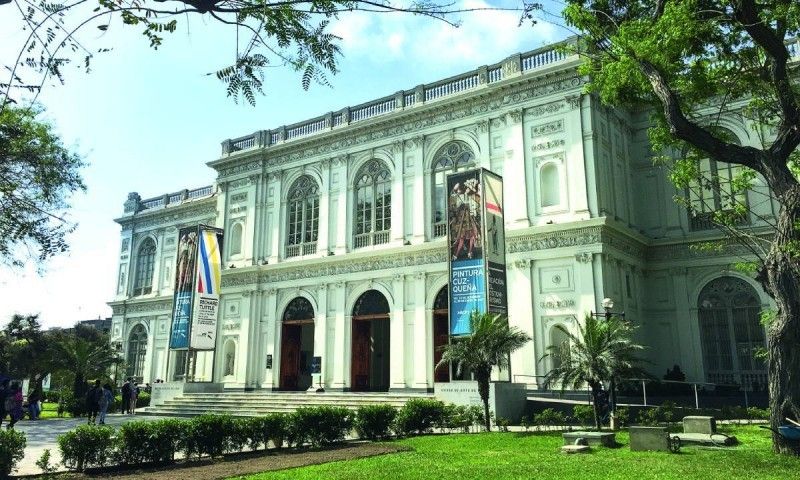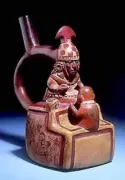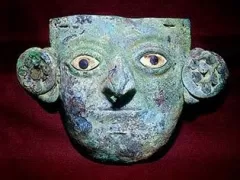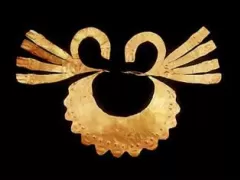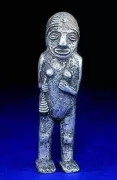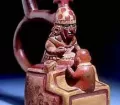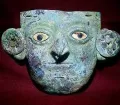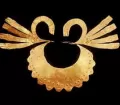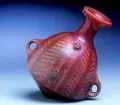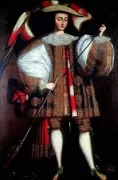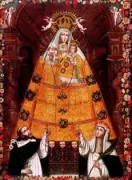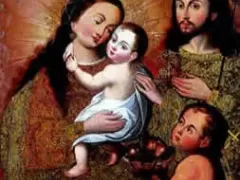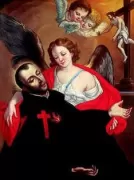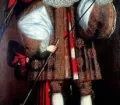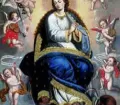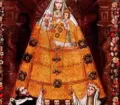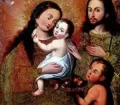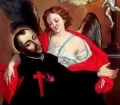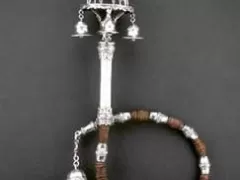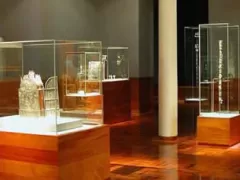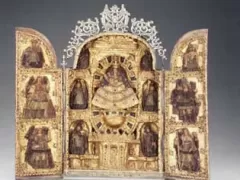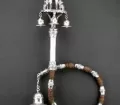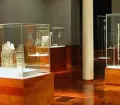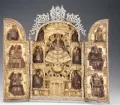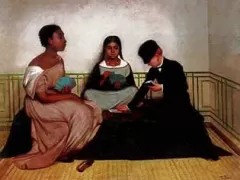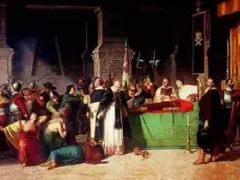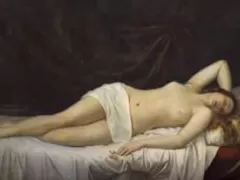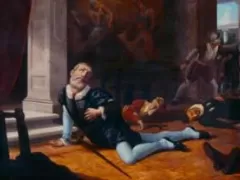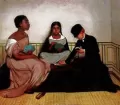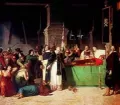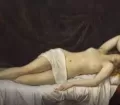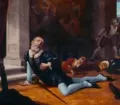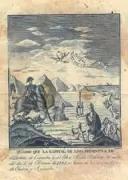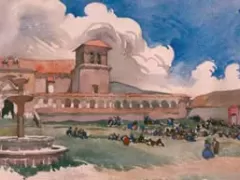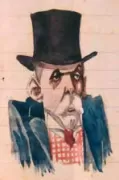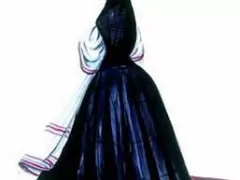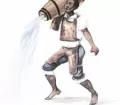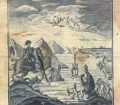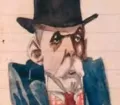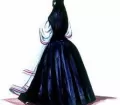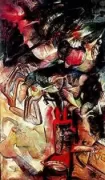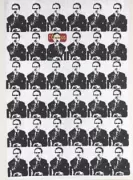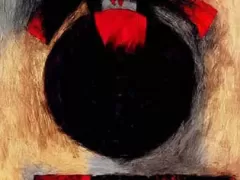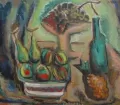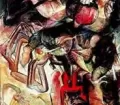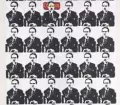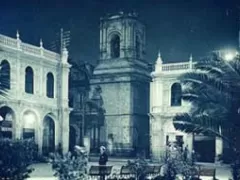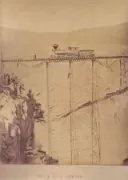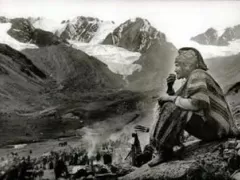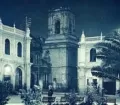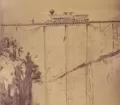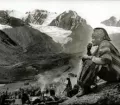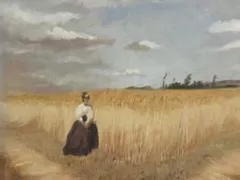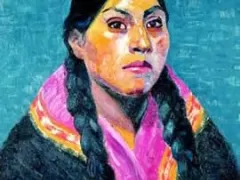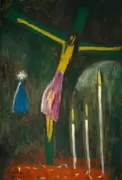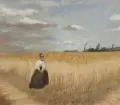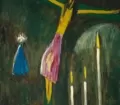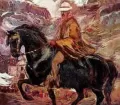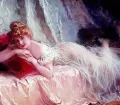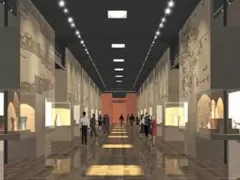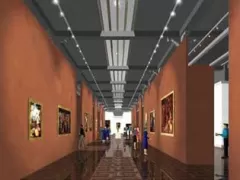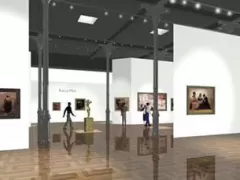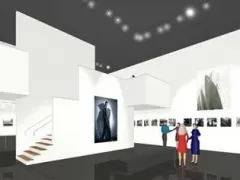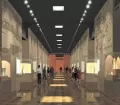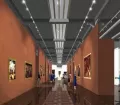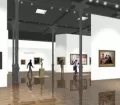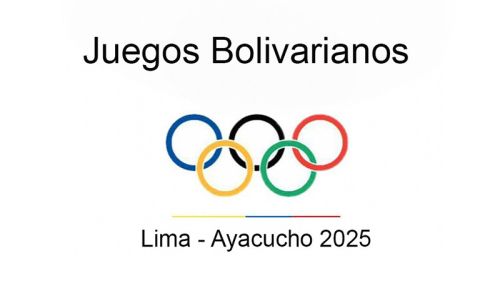The Lima Art Museum presents 3000 years of Peruvian art. The museum has a large selection of pre-Columbian textiles and ceramics, pictures and furniture from Colonial and Republican times and a significant selection of paintings and photographic works from modern times.
A representative selection of these collections can be seen in a permanent exhibition on the first floor. The contemporary art can be found in the exhibition rooms of the basement.
The Lima Art Museum (called MALI) presents the most extensive collection of Peruvian art from pre-Columbian times until today. The principal aims of the museum are:
- The scientific investigation of the collections
- Passing on a clear understanding of the exhibits
- The preservation of these unique collections for future generations
pre-Columbian 1200 BC to 1532 AD
This collection offers a wide overview on the cultural development of societies formed in the Central Andes from 1200 BC until the arrival of the Spaniards. The exhibits are grouped by the different cultures that arose before the conquest of the Inca Empire:
- In the North: Cupisnique, Chavín, Mochica, Recuay, Lambayeque and Chimú
- In the South: Paracas. Nazca, Huari, Cjancay and Chincha
Colonial Period 1532 to 1821
As a consequence of the Spanish conquest and the progressive organization of the colonial political system many of the pre-Columbian traditions and art objects disappeared and were replaced by new ones with dominating western art style. The art of painting was imposed as the main artistic gender and served as an important tool in the process of christianising the Andean population. The museums collection preserves a significant part of the development of painting, in particular of the "School Cusqueña". In the same exhibition room you will find a collection of carvings, furniture and silverware.
Colonial Art Exhibition
Silver Art
Republican Period 1821 to 1937
The proclamation of independence in 1821 marked the end of the Spanish dominance and initiated a new epoch in the Peruvian history. The political and social changes were being reflected gradually in the art work. Among the main collections that are preserved by the museum are the watercolours of the famous milieu painter Pancho Fierro, an arrangement of the academic works from Francisco Lasa, Carlos Baca-Flor and other objects d'art that mirror the cultural changes in the 20th century.
Contemporary Art
In this exhibition the museum displays thematic selected pieces of Contemporary Arts. Without a doubt this is one of the most comprehensive and extensive collections in the country. It includes photographs that show the history of photography from the introduction to Peru in 1842 until today.
The Avant-Garde MALI
Like a "safe for memories" the Museum of Art is a place to preserve academic knowledge, a place where the society can discover its cultural past, a medium of inspiration for the cultural innovation and a fertile sphere for the spreading and creation of a living culture. That’s the reasons the MALI tries constantly to present new artistic and cultural works of all areas and to build up a collection that reflects the wealth and extensiveness of Peruvian art throughout the history.
Photographic Art
The 2oth Century
Project of the entire renewal
After over 50 years of continuous activities the museum has finished in 2010 a very ambitious project of an "entire renewal" for the exhibition rooms. This involved the renovation of an area of more than 4500 m².


